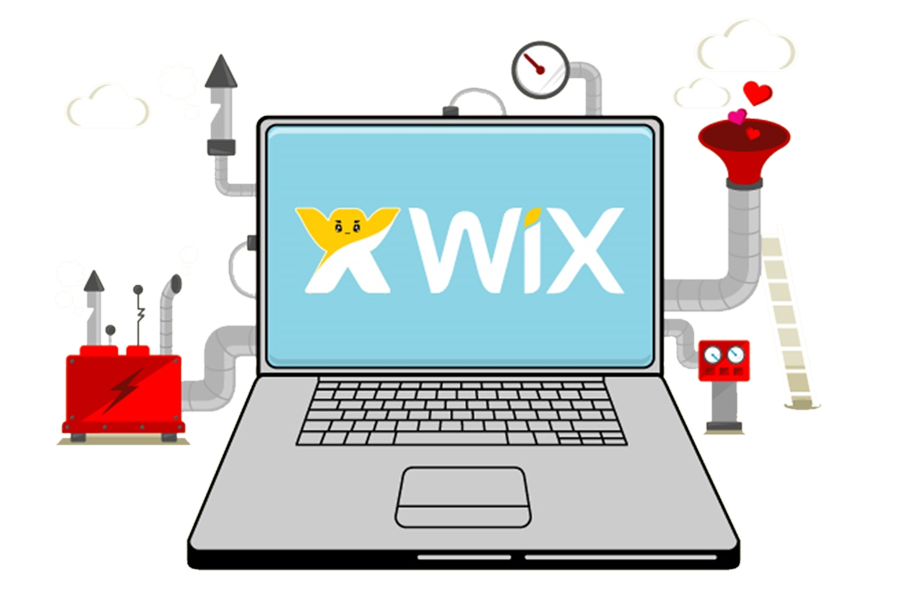
30 Jul Shopify Web Development
Shopify Web Development
Shopify web development involves creating, customizing, and optimizing online stores using the Shopify platform. Shopify is a popular e-commerce platform that enables businesses to set up and manage their online stores with ease. Here are some key aspects of Shopify web development:
1. Setting Up a Shopify Store
- Account Creation: Sign up for a Shopify account and choose a pricing plan that suits your business needs.
- Domain Setup: Connect an existing domain or purchase a new domain through Shopify.
2. Theme Customization
- Choosing a Theme: Select a pre-built theme from the Shopify Theme Store, which offers both free and premium options.
- Customization: Use the Shopify Theme Editor to modify the appearance of your store. This includes changing colors, fonts, and layouts.
- Custom Themes: For more advanced customization, developers can create custom themes using Shopify’s Liquid templating language, HTML, CSS, and JavaScript.
3. App Integration
- Shopify App Store: Install apps to extend the functionality of your store. There are apps for marketing, SEO, inventory management, customer support, and more.
- Custom Apps: Develop custom apps using Shopify’s API to meet specific business needs.
- Adding Products: Upload product images, descriptions, prices, and variants.
- Inventory Management: Track stock levels and manage inventory across multiple locations.
5. Payment and Shipping
- Payment Gateways: Integrate payment gateways to accept online payments. Shopify supports a variety of payment methods including credit cards, PayPal, and more.
- Shipping Options: Set up shipping rates, carriers, and options for local and international shipping.
6. SEO and Marketing
- SEO Optimization: Optimize your store for search engines by adding meta titles, descriptions, and alt text for images.
- Marketing Tools: Use Shopify’s built-in marketing tools or third-party apps for email marketing, social media integration, and advertising campaigns.
7. Performance and Security
- Speed Optimization: Ensure your store loads quickly by optimizing images, using a fast theme, and minimizing the use of heavy scripts.
- Security: Shopify provides SSL certificates for secure transactions and complies with PCI DSS (Payment Card Industry Data Security Standard).
8. Testing and Launch
- Testing: Test your store thoroughly on different devices and browsers to ensure a seamless user experience.
- Launch: Once everything is set up and tested, you can launch your store to the public.
9. Maintenance and Support
- Regular Updates: Keep your store up-to-date with the latest features and security patches.
- Customer Support: Provide excellent customer support to address any issues or questions from your customers.











Sorry, the comment form is closed at this time.